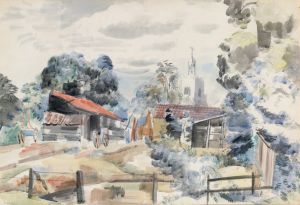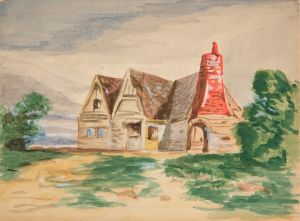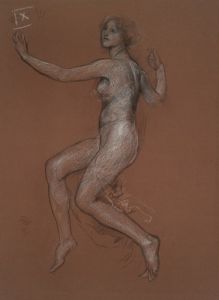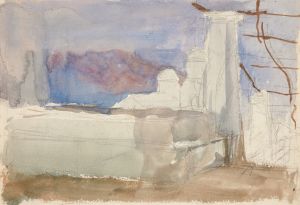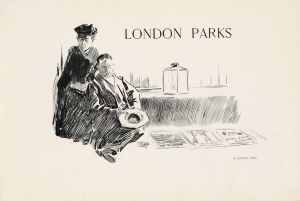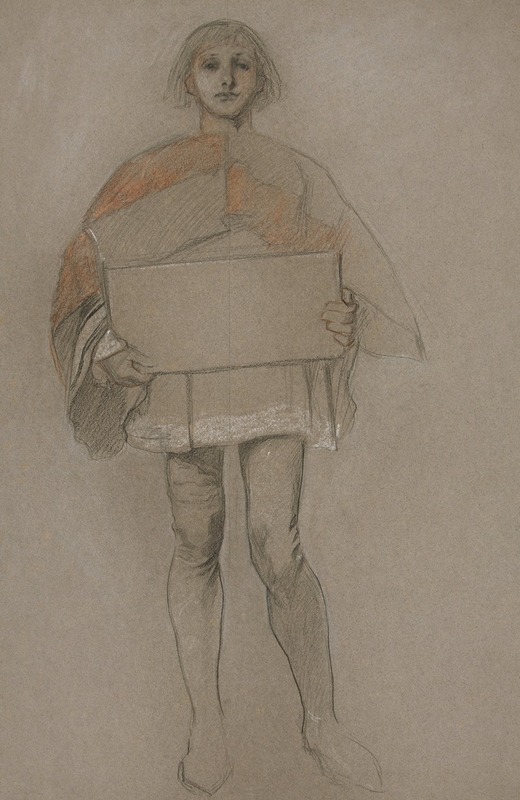
Study for ‘The Reconciliation,’ one of a series of paintings executed for the Royal Exchange, London, 1896
A hand-painted replica of Edwin Austin Abbey’s masterpiece Study for ‘The Reconciliation,’ one of a series of paintings executed for the Royal Exchange, London, 1896, meticulously crafted by professional artists to capture the true essence of the original. Each piece is created with museum-quality canvas and rare mineral pigments, carefully painted by experienced artists with delicate brushstrokes and rich, layered colors to perfectly recreate the texture of the original artwork. Unlike machine-printed reproductions, this hand-painted version brings the painting to life, infused with the artist’s emotions and skill in every stroke. Whether for personal collection or home decoration, it instantly elevates the artistic atmosphere of any space.
Edwin Austin Abbey's Study for ‘The Reconciliation’ is a preparatory work created in 1896 as part of a series of paintings commissioned for the Royal Exchange in London. Abbey, an American artist renowned for his historical and literary-themed works, was tasked with producing a series of murals to decorate the interior of the Royal Exchange, a prominent financial and commercial hub in the City of London. These murals were intended to depict scenes from British history, emphasizing themes of commerce, diplomacy, and national identity.
The specific painting, The Reconciliation, is part of this larger series and reflects Abbey's meticulous approach to historical accuracy and narrative storytelling. While the exact subject matter of The Reconciliation is not widely documented, Abbey's works for the Royal Exchange often drew from significant historical events or allegorical representations that aligned with the institution's role in fostering trade and international relations. His preparatory studies, such as this one, were crucial in refining the composition, figures, and details before executing the final mural.
Abbey was known for his rigorous research process, often consulting historical texts, costumes, and artifacts to ensure the authenticity of his depictions. His work for the Royal Exchange was highly regarded for its technical skill and the grandeur of its historical vision. The series as a whole contributed to the cultural and artistic significance of the Royal Exchange, enhancing its status as not only a center of commerce but also a site of artistic and historical commemoration.
The Study for ‘The Reconciliation’ exemplifies Abbey's dedication to preparatory work, showcasing his ability to capture complex human emotions and interactions. Studies like this one were typically executed in pencil, ink, or oil and served as a foundation for the larger, more detailed murals. These preparatory pieces are valued today for their insight into Abbey's creative process and his methodical approach to large-scale compositions.
Edwin Austin Abbey's contributions to the Royal Exchange murals remain an important part of his artistic legacy. His work reflects the intersection of art, history, and public space, demonstrating the role of visual storytelling in shaping cultural and historical narratives.





